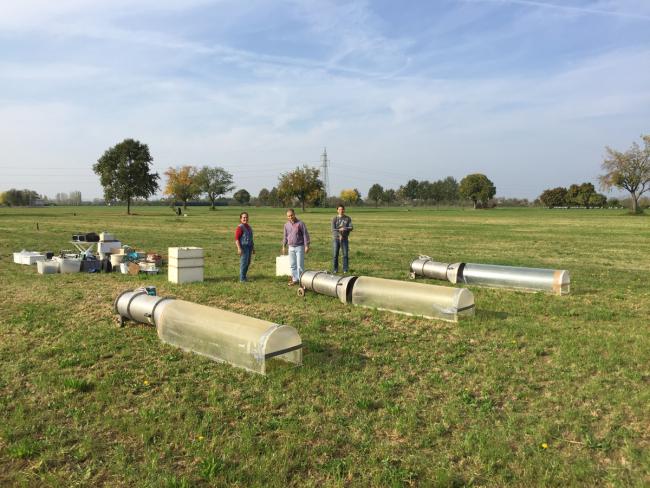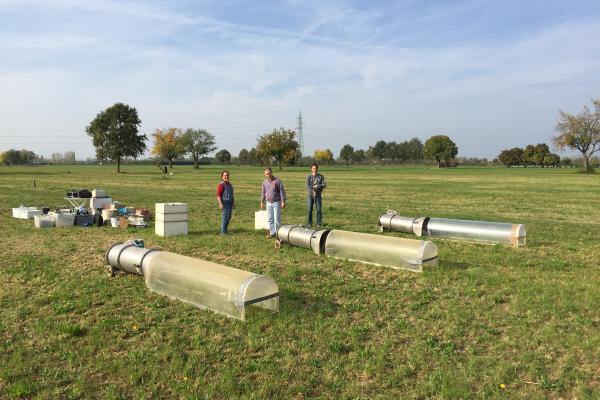(E)MISSION, for a green livestock farming

The main objective is to promote sustainable agriculture (environmentally and socially) through reduction of GHG and ammonia emissions, with particular reference to regional livestock farming systems. The work involves the study of innovative strategies to reduce nitrogen loss, by volatilization (NH3) and denitrification (N2O), supporting nitrogen storage in soils after autumn and spring manure distribution. Also set up a goal still present in the overall priorities of the RDP, which is to reduce the use of synthetic mineral fertilizers (especially N, by reducing N losses effluents released in spring/autumn) to reduce pollution generated by agriculture and improve water quality.
The content of the plan will see the succession of: Preparatory and instrumental actions (view to the correct execution of the field activities), Implementation actions through which the techniques and practices identified will be applied in the fields selected for the study of gas emissions from the soil. Data collection activities aimed at collecting and analyzing the data obtained. Dissemination actions: the benefit of the farmers training services for the project.
The spread actions that will contain the results will be included in annual reports and project end.
The project will support farmers in identifying the best strategies to distribute manure in order to reduce greenhouse gas emissions and to take advantages from the manure to improve soil fertility.
Strategies will include technologies to bury the manure, timing of distribution and use of the best cover crops to catch the nutrients and reduce emissions.
The project will be divided into two distinct lines:
• The first refers to intensive dairy cattle, in particular the production of corn silage. In this case, the expected result is the reduction of emissions from autumn-spring slurry distribution by using a burying and by exploiting the mitigation effect promoted by various cover crops .
The main impacts of this project for farms consist in the identification of slurry distribution methodology (eg Cover Crops + type of Burying) that could reduce GHGs emissions into the atmosphere, increase the level of environmental sustainability and the efficiency of input utilization, while at the same time generating an increase in soil fertility.
The second line is based on the production area of Parmigiano-Reggiano and, in particular, the management of grassland. In this case, the expected result is the reduction of emissions due to burying. It is therefore desirable to evaluate the possibility of a winter distribution, as a solution to the increasing storage problems caused by the winter interruption of spreads.
Convegno conclusivo di (E)mission
Emilia-Romagna, Emissioni di inquinanti e gas serra, I Gruppi Operativi| Titolo/Descrizione | Url | Tipologia |
|---|---|---|
|
Sito web del progetto
|
Sito web
|
|
|
(E)mission sulla rivista Il Solco
|
Materiali utili
|
|
|
I focus della ricerca CRPA in un articolo
|
Materiali utili
|
|
|
Sintesi del primo anno di lavoro
|
Materiali utili
|
|
|
(E)mission su TRC
|
Materiali utili
|
|
|
Obiettivi e prove in campo del progetto (E)mission
|
Materiali utili
|
|
|
Un articolo con i risultati del go (E)mission
|
Materiali utili
|
|
|
Il Gruppo Operativo (E)mission spiegato in un video
|
Materiali utili
|
|
|
In un opuscolo i risultati di (E)mission
|
Materiali utili
|
|
|
Relazione tecnica finale
|
Materiali utili
|
